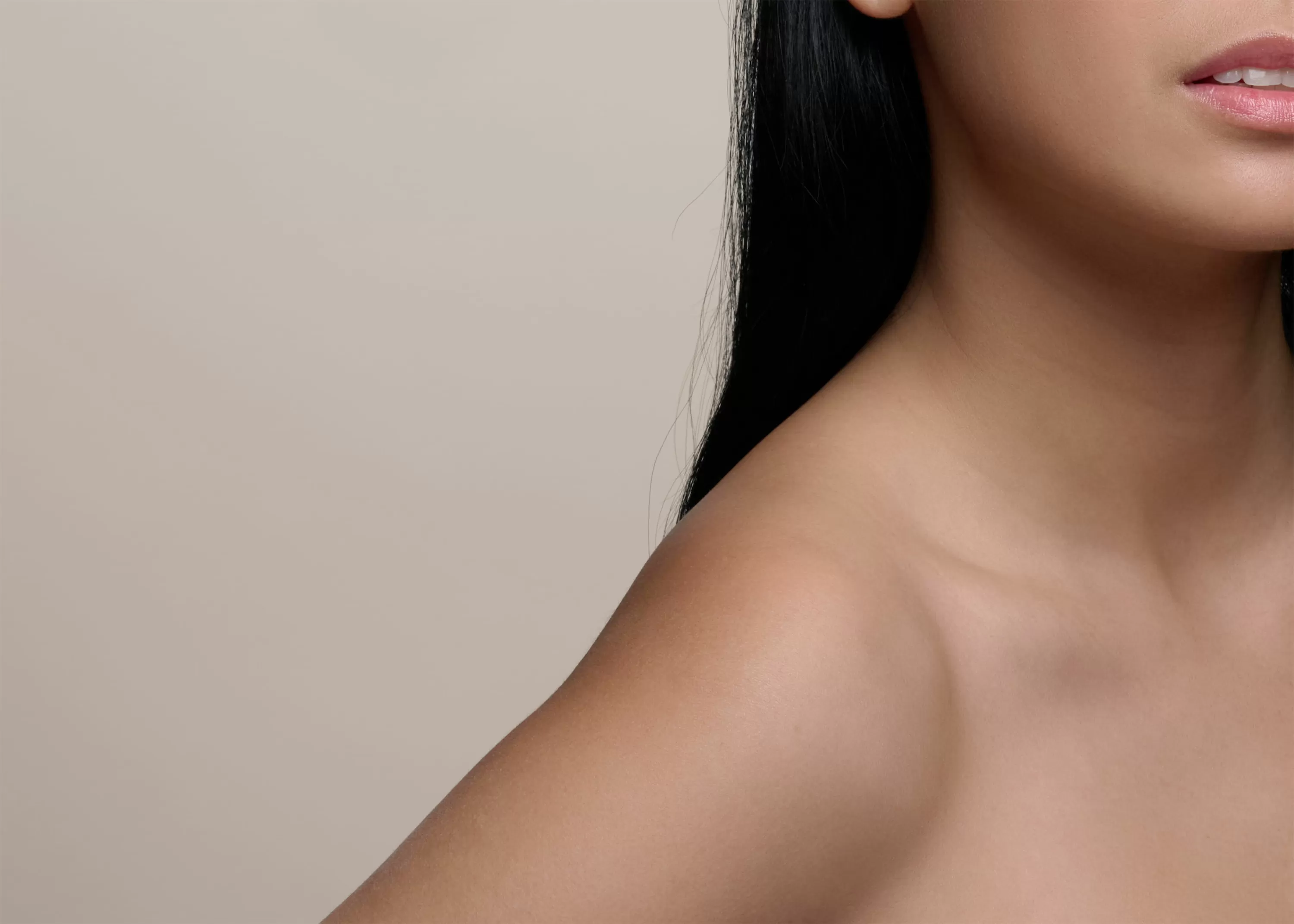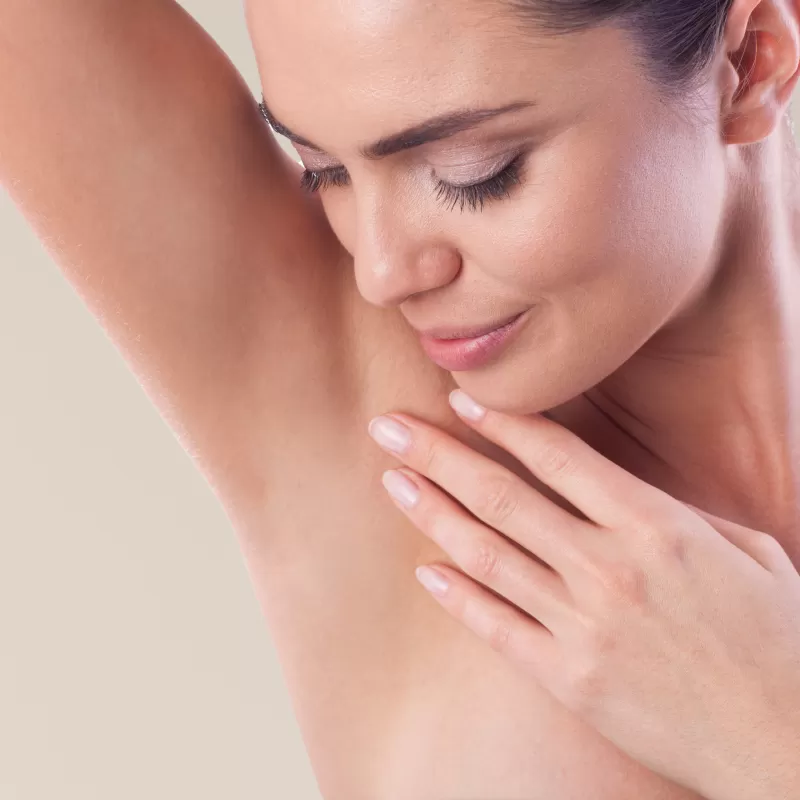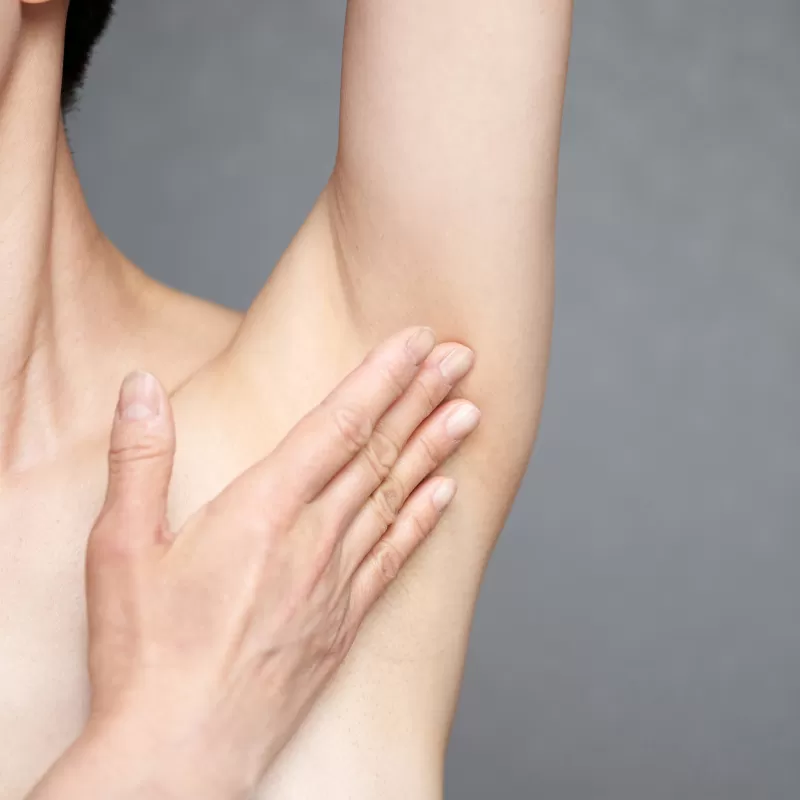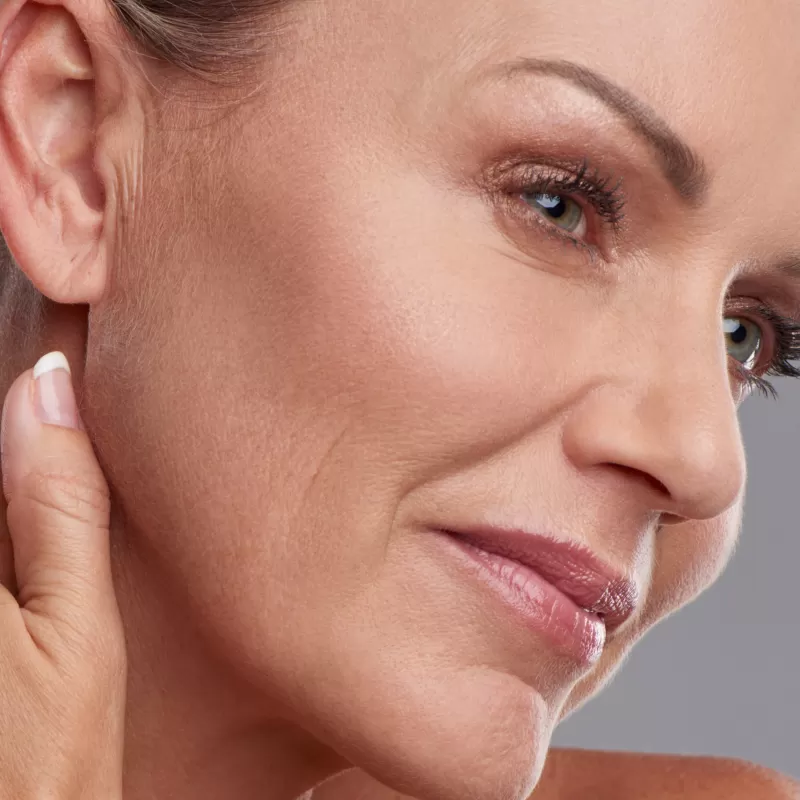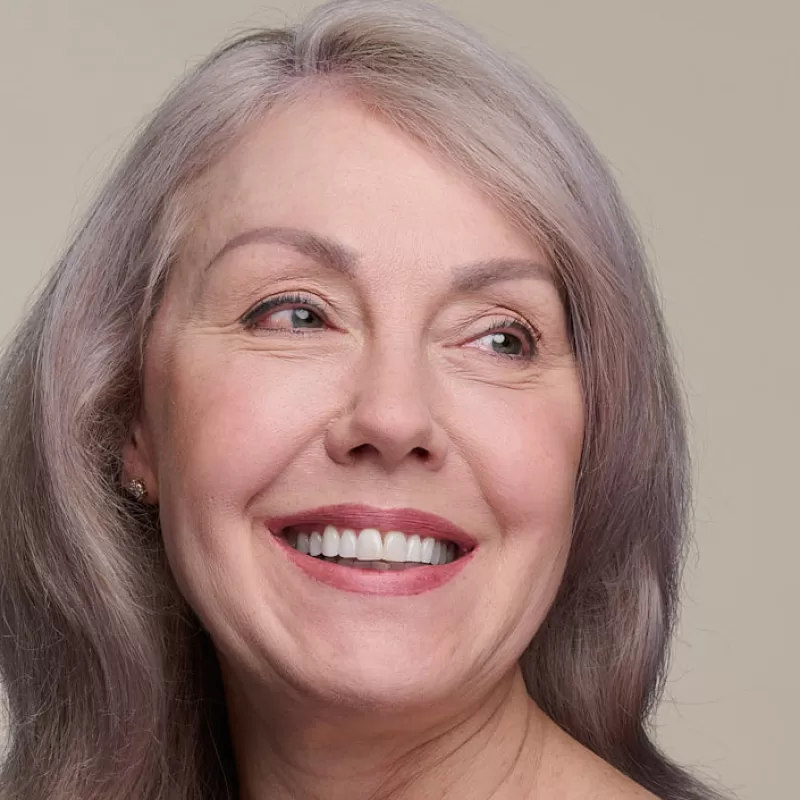Hyperhidrosis (Excessive Underarm Sweat and Odour)
Hyperhidrosis (Excessive Underarm Sweat and Odour)
Hyperhidrosis (Excessive Underarm Sweat and Odour)
Condition
Hyperhidrosis – excessive sweating – can be a devastating condition and can have a huge impact on a person’s quality of life. At the R Clinic we offer hyperhidrosis treatment which can help by permanently removing sweat glands from the underarm area.
What is Hyperhidrosis?
What is Hyperhidrosis?
Hyperhidrosis is a condition which causes excessive sweat production. It affects both men and women. One of the most affected areas are the underarms known as axillary hyperhidrosis.
Axillary hyperhidrosis is a common condition affecting up to 3% of Australians. The impact of this condition is often underestimated – it can affect work and social situations and may cause significant psychological distress. Fortunately, effective treatments are readily available to help you stop sweating.
What causes Hyperhidrosis?
What causes Hyperhidrosis?
Sweating is a normal physiological process that helps the body to regulate its temperature. When we get too hot or exercise, sweat evaporates from the skin and has a cooling effect. Excessive sweating occurs when the nervous system triggers the sweat glands to produce fluid to naturally cool the body, however, the sweat glands become overactive, producing too much fluid resulting in excessive sweat. This can happen with or without the trigger of heat or physical activity. In fact, for most people with hyperhidrosis they sweat for no apparent reason, even sweating when it is cold.
How can we help?
How can we help?
At the R Clinic we specialise in miraDry treatment. miraDry is the only FDA approved permanent solution to reduce underarm sweat and odour. Unlike Botox injections, miraDry offers a more permanent solution. During your consultation, our doctor will consult with you regarding your suitability of the treatment depending on your severity and your desired result.
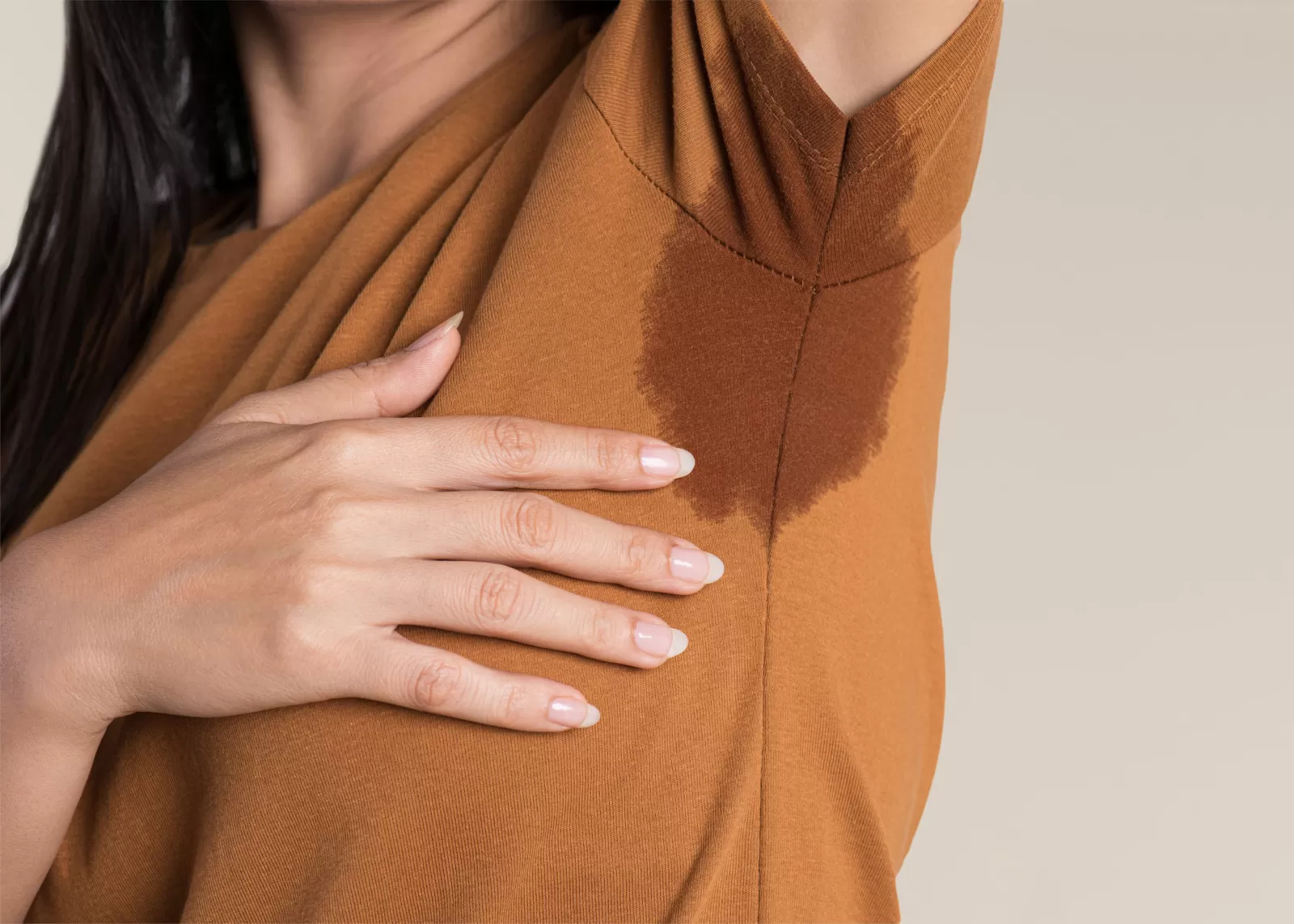
FAQ
Have further questions or want to learn more?
What are the different types of excessive sweating?
There are 2 types of excessive sweating:
- Focal hyperhidrosis: excessive sweating with no apparent cause in certain areas of the body, usually the armpits, hands, feet, or face.
- Generalised hyperhidrosis: excessive sweating that affects the entire body, usually due to an underlying medical problem.
Who is most likely to get excessive sweating?
The answer to that is anyone! Men, women and even children can develop excessive sweating for a variety of reasons. It often occurs during puberty or during your twenties although this usually applies to primary hyperhidrosis only. Secondary hyperhidrosis can develop at any age and the extent of this will depend upon the cause, e.g. the medical condition causing it. One thing to remember with excessive sweating is that it can stay with you for many years. But the prognosis is good for this condition.
Will miraDry remove odour and hair?
Yes, up to 70% hair reduction of all colours occurs! miraDry is the first device to receive FDA clearance for both underarm hair removal of all colours, and underarm sweat removal. Although the primary targets are sweat and odour glands, hair units reside in the same plane as these glands.
What is the cost miraDry?
The cost of the MiraDry treatment is $3300 (inc GST) for the treatment of both armpits.
Our expert practitioners are happy to offer you a complimentary consultation to discuss your treatment and your desired outcomes.
What about sweat stopping injections?
Injections for sweating work by blocking the chemical signals from the nerves responsible for producing sweat. On average results only last between 3-6 months, meaning patients must return for more injections to stop their sweating. This can become very expensive in the long run.
Who is miraDry not for?
Patients must be 18 years of age or older. The treatment is not recommended for individuals who have an intolerance to local anaesthesia, who require supplemental oxygen, or who have a pacemaker.
